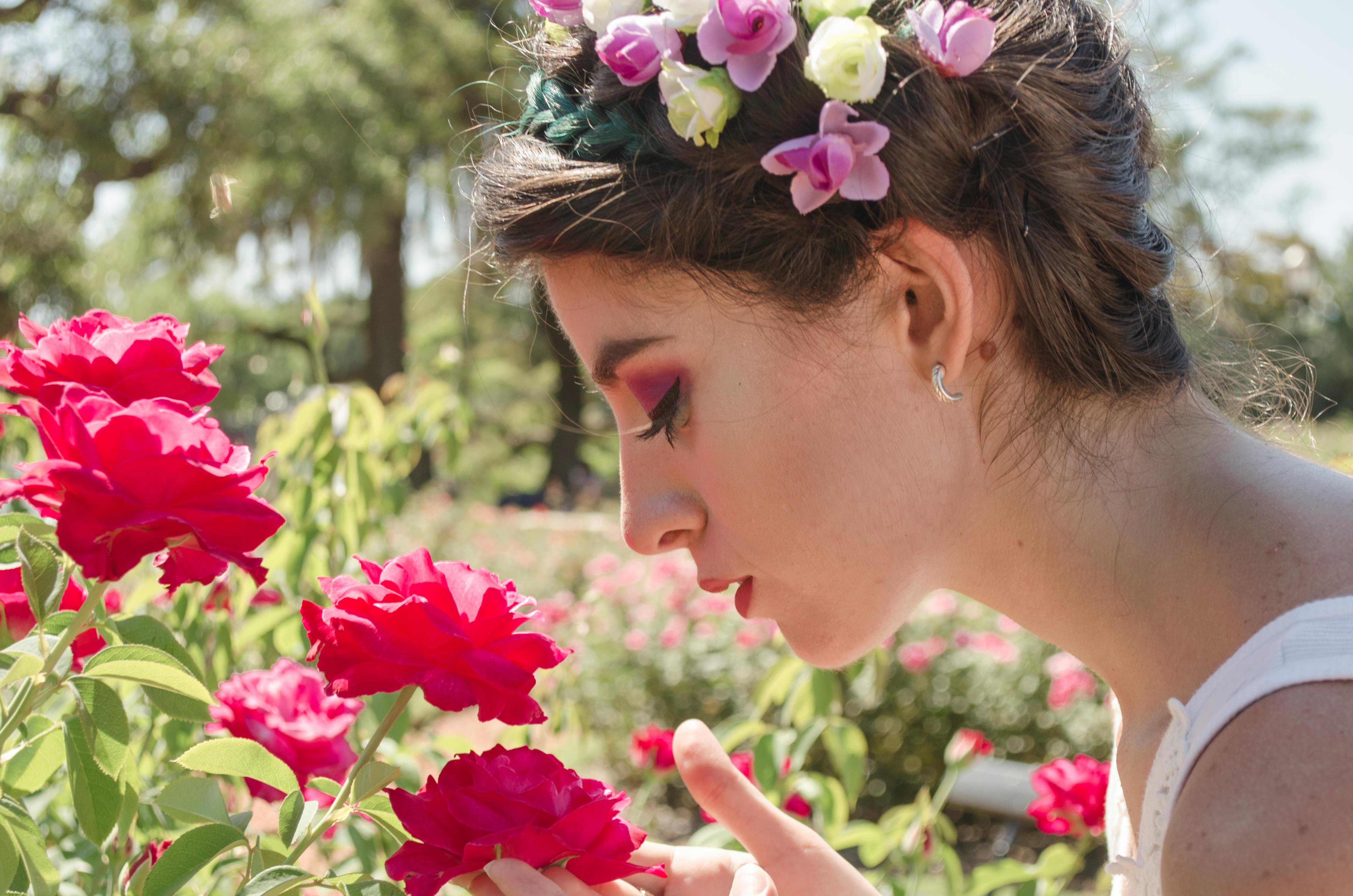We all know that Ikebana, the Japanese art of flower arranging, has its origins in Japan. Therefore, the terms used in Ikebana come from Japanese words.
Almost all the time, we come across words related to Ikebana and have no idea what they mean. Here, I have collected some frequently used words and briefly explained their meaning.
I hope it will provide you with a good reference to improve your Ikebana knowledge.
ikebana – ‘Ike’ means live, and ‘bana’ means flower, which translates to live flowers. It is the art of Japanese flower arrangement. Its most significant feature is the combination of materials in their most natural state to show harmony.
moribana – It is one of the basic styles of Ikebana. She usually uses a shallow container and a kenzan for inserting flowers. Two basic styles of moribana are known, the upright style and the slanted style.
swimmer – Another basic style of Ikebana. It uses a tall container and needs special techniques to make the arrangement. Also with two basic styles, the vertical style and the inclined style.
Kakeizu – A diagram showing the position and angle of flowers and foliage in an Ikebana arrangement.
Kenzan – It is only used in moribana arrangements, it is a piece of metal with pointed needles. It is used to insert floral materials and hold them in place. It is placed in a suiban, and the position is fixed, depending on the moribana style.
suiban – A suiban is a shallow container, used in moribana arrangements.
shin – One of the three main stems in an Ikebana arrangement. Shin is the longest.
Soe – One of the three main stems in an Ikebana arrangement. Soe is the second longest.
hikae – One of the three main stems in an Ikebana arrangement. Hikae is the shortest.
Sushi – The three main stems are called Shushi. They represent the height, width and depth of an ikebana arrangement.
Juushi – The supporting stems of the main stems are called juushi. Each main stem has its own supporting stem, although this is not necessarily the case, it depends on how strong the main stem is. They should not be longer than their respective master.
jumonji dome – A technique used in nageire, to hold flowers in place by making a cross of sturdy branches at the mouth of the vase. Also known as a crossbar attachment.
Jika-dome – A technique used in nageire, a method of inserting the flowers into the vase by cutting the end of the stem so that it rests against the inside wall of the container. Also known as direct attachment.
Soegi Dome – A technique used in nageire, to hold flowers in place by providing extra length to the flower material by dividing the stem end in 2.



